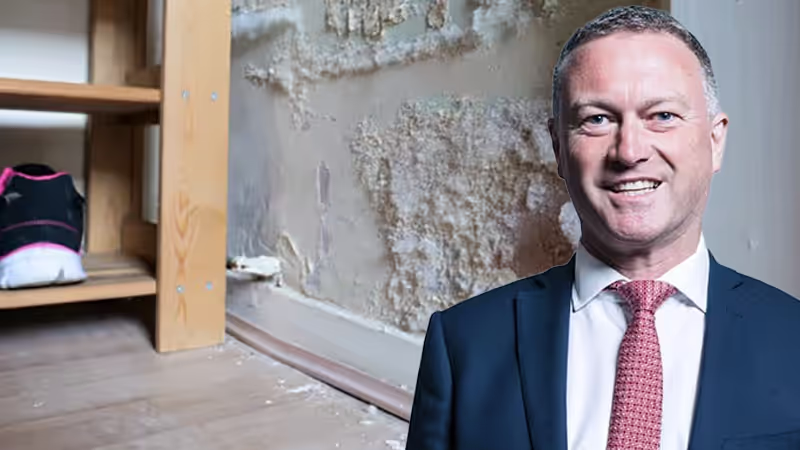




The government has promised to publish a timetable on when Awaab’s Law will include private landlords.
Its statement comes as the new legislation goes live for the social housing sector today, forcing landlords to take urgent action to fix dangerous homes.
Speaking on Radio 4’s Today Programme, Housing Secretary Steve Reed said people were right to ask when it would be applied to private landlords. “We’ve passed the Renters’ Rights Bill, it’s completed all stages, it’s awaiting Royal Assent, and we expect that to come within days,” Reed explained. “Once that happens, we’ll publish guidance alongside it that will show the timetable and the process towards extending these new rights to private renters as well – no child, whatever their circumstance or their tenure should have to face what happened to little Awaab Ishak.”
The new legal duties will force social landlords to fix emergency health and safety hazards within 24 hours of reporting. They must investigate significant damp and mould within 10 working days of being notified and then make properties safe in five working days. Councils must offer alternative accommodation if homes can’t be made safe within the required timeframes.
Landlords who fail to comply face being taken to court, where they could be issued enforcement orders, forced to pay compensation and legal costs - as well as loss of rent if homes were uninhabitable.

Sián Hemming-Metcalfe, operations director at Inventory Base, believes the law demands a response from everyone responsible for housing, not just social landlords.
“Every damp wall or blocked vent is a warning sign, not a maintenance note to file away,” she says. “With the Renters’ Rights Act firmly on the horizon, we’re out of excuses. The systems and standards exist - now we need the will to apply them.”
Phase two of Awaab’s Law next year will expand tenant protections to cover excess cold and heat, fire and electrical risks and hygiene hazards.
Tags:
Comments